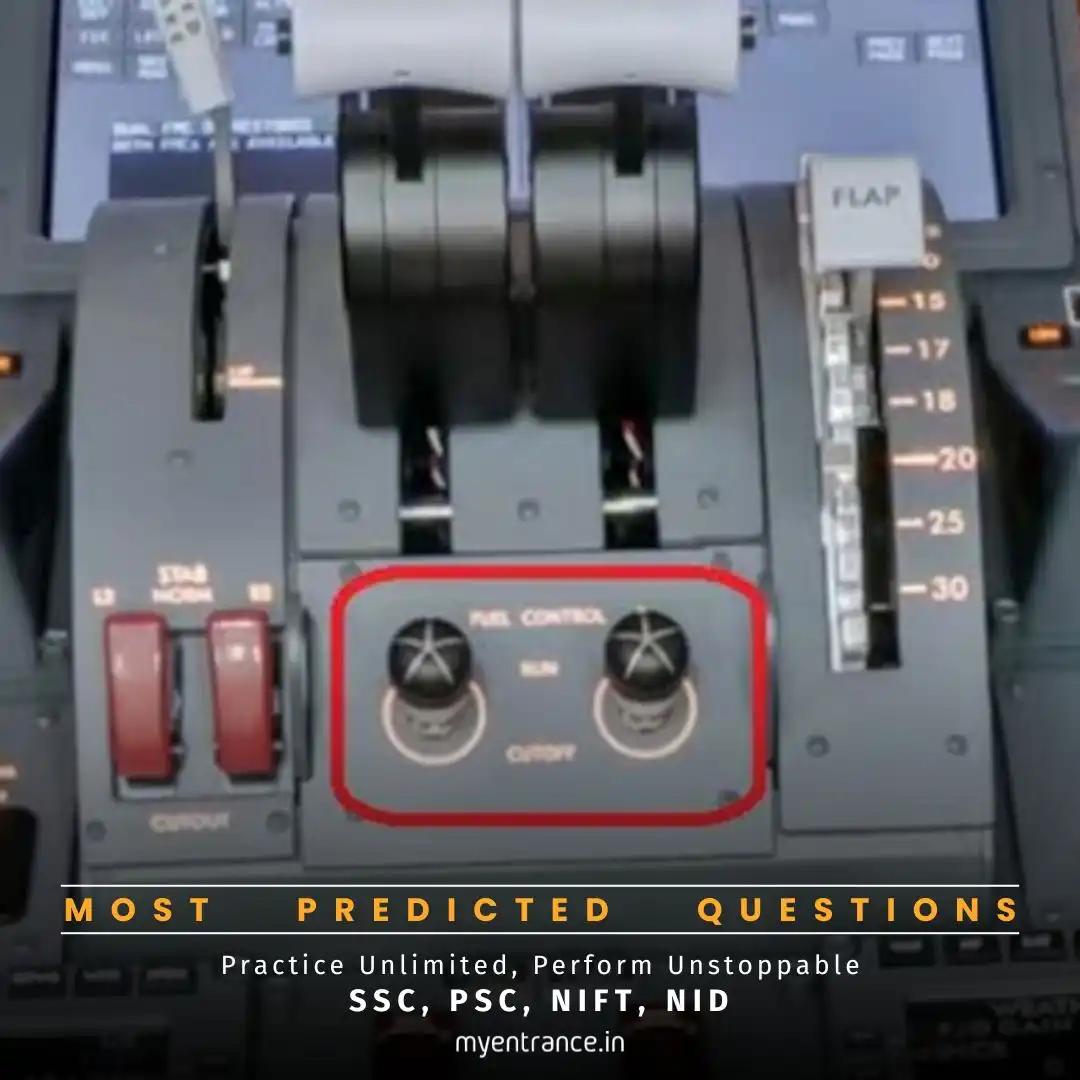Translate Language
What Are Fuel Switches in Air India Crashed Flight: A Critical Safety Feature Explained
Fuel switches are crucial components in an aircraft, regulating fuel supply to the engines. Pilots use them to start or shut down engines, but accidental activation could lead to catastrophic failure. Understanding their function helps clarify aviation safety protocols.

What Are Fuel Switches in an Airplane?
Fuel switches are cockpit controls that manage fuel flow to the engines. Their primary functions include:
Starting or shutting down engines on the ground.
Manually cutting off fuel in case of an engine failure mid-flight.
Aviation experts emphasize that these switches are designed to prevent accidental movement. However, if activated, the effect is immediate—engine power cuts off, posing severe risks during flight.
John Cox, a U.S. aviation safety expert, explains that fuel cutoff switches and their corresponding valves have independent power systems and wiring, ensuring redundancy and safety.
Where Are Fuel Switches Located?
In a Boeing 787 (like the Air India flight involved in the incident), the fuel control switches are positioned below the thrust levers. These switches are spring-loaded, meaning they stay in place unless deliberately moved.
To change their position (from RUN to CUTOFF or vice versa), a pilot must:
Pull the switch upward.
Then move it to the desired position.
This two-step mechanism reduces the risk of accidental activation.
What Happened on the Fatal Air India Flight?
Investigators analyzing the flight recorder found a disturbing sequence:
Seconds after takeoff, both engine fuel switches moved from RUN to CUTOFF within a one-second gap.
The engines began losing power immediately.
The cockpit voice recorder captured one pilot questioning the other:
“Why did you cut off the fuel?”
The response: “I didn’t do it.”
Later, the switches returned to RUN, but by then, the damage was done. At the crash site, both switches were found in the RUN position.
When switched back to RUN mid-flight, an aircraft’s control system attempts an automatic relight and thrust recovery. However, depending on altitude and speed, recovery may not always be possible.
Sample Questions & Answers
Q1: What is the primary function of fuel switches in an aircraft?
A: They regulate fuel flow to the engines, allowing pilots to start, shut down, or restart them when needed.
Q2: Can fuel switches be accidentally turned off?
A: No—they are spring-loaded and require a deliberate two-step action to prevent accidental activation.
Q3: Where are the fuel switches located in a Boeing 787?
A: Below the thrust levers in the cockpit.
Q4: What happens if fuel switches are moved to CUTOFF mid-flight?
A: The engines lose power immediately, leading to a potential emergency.
Q5: Did the Air India flight’s switches return to RUN before the crash?
A: Yes, but the engines may not have recovered in time to prevent the accident.
Why Is This Important for Exams?
Aviation & Engineering Exams (NID, NIFT, etc.): Understanding aircraft systems is crucial for technical and design-related fields.
Competitive Exams (SSC, PSC): Questions on aviation safety mechanisms may appear in general knowledge sections.
Critical Thinking & Problem Solving: Case studies like this help analyze human error vs. mechanical failure—a common exam theme.
By studying real-world incidents, aspirants gain practical insights into safety protocols, making this topic highly relevant for competitive and entrance exams.
Final Thoughts:
Fuel switches are a small but vital part of aircraft safety. Whether you’re preparing for an exam or simply curious about aviation, understanding their role helps grasp the complexities of flight mechanics and emergency protocols.
Get 3 Months Free Access for SSC, PSC, NIFT & NID
Boost your exam prep!
Use offer code WELCOME28 to get 3 months free subscription. Start preparing today!















